Supportive Government Initiatives
Supportive government initiatives play a crucial role in the growth of the wearable ambulatory-monitoring-devices market. The German government has implemented various policies aimed at promoting digital health solutions, including subsidies for health tech innovations. These initiatives are designed to encourage the adoption of wearable devices among healthcare providers and patients alike. Recent reports suggest that government funding for digital health projects has increased by 25% in the last year, indicating a strong commitment to enhancing healthcare delivery through technology. As these initiatives continue to evolve, they are likely to create a favorable environment for the wearable ambulatory-monitoring-devices market, facilitating greater integration of these technologies into everyday healthcare practices.
Integration of Artificial Intelligence
The integration of artificial intelligence (AI) into wearable ambulatory-monitoring-devices is transforming the landscape of healthcare in Germany. AI algorithms enhance the functionality of these devices by providing predictive analytics and personalized health insights. This technological advancement allows for more accurate monitoring and early detection of potential health issues. The wearable ambulatory-monitoring-devices market is witnessing a shift towards AI-driven solutions, which are expected to account for approximately 30% of the market by 2026. This shift not only improves patient outcomes but also optimizes healthcare resources, making it a compelling driver for market growth. As AI continues to evolve, its applications in wearable devices are likely to expand, further solidifying its role in the healthcare ecosystem.
Increased Focus on Preventive Healthcare
The growing emphasis on preventive healthcare is a notable driver of the wearable ambulatory-monitoring-devices market. In Germany, healthcare policies are increasingly prioritizing preventive measures to reduce the burden of chronic diseases. This shift is encouraging individuals to adopt wearable devices that facilitate proactive health management. Data indicates that approximately 60% of consumers in Germany are now using wearable technology to monitor their health, reflecting a cultural shift towards self-care and wellness. As awareness of the benefits of preventive healthcare continues to rise, the demand for wearable ambulatory-monitoring-devices is expected to grow, further propelling market expansion. This trend aligns with broader healthcare objectives aimed at improving population health outcomes.
Growing Investment in Health Tech Startups
The surge in investment in health tech startups is significantly impacting the wearable ambulatory-monitoring-devices market. In Germany, venture capital funding for health tech has increased by over 40% in the past year, reflecting a strong interest in innovative healthcare solutions. This influx of capital is fostering the development of advanced wearable technologies that cater to diverse health needs. Startups are focusing on creating devices that not only monitor vital signs but also provide actionable health insights. As these innovations enter the market, they are likely to attract a broader consumer base, thereby driving growth in the wearable ambulatory-monitoring-devices market. The competitive landscape is expected to become increasingly dynamic as established companies and new entrants vie for market share.
Rising Demand for Remote Patient Monitoring
The increasing demand for remote patient monitoring is a key driver in the wearable ambulatory-monitoring-devices market. As healthcare systems in Germany strive to enhance patient care, the adoption of wearable devices has surged. These devices enable continuous health monitoring, allowing healthcare providers to track patients' vital signs in real-time. According to recent data, the market for remote patient monitoring devices is projected to grow at a CAGR of 25% through 2027. This trend is fueled by the need for efficient healthcare delivery, particularly for chronic disease management, which is prevalent in the aging population of Germany. Consequently, the wearable ambulatory-monitoring-devices market is likely to experience significant growth as healthcare providers increasingly integrate these technologies into their practices.


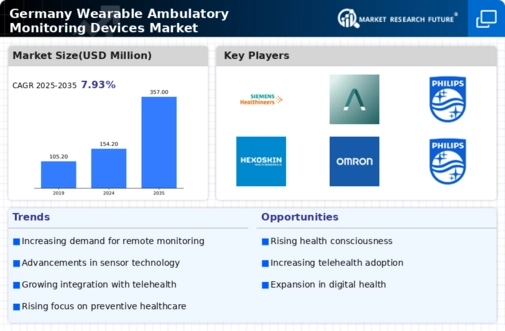
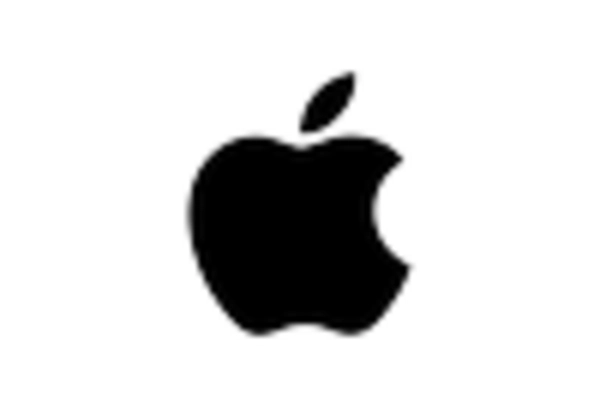
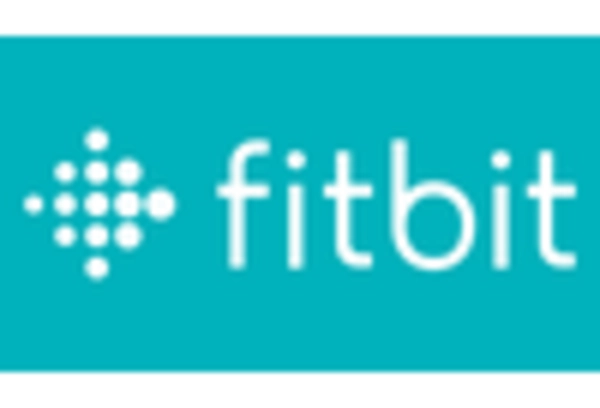
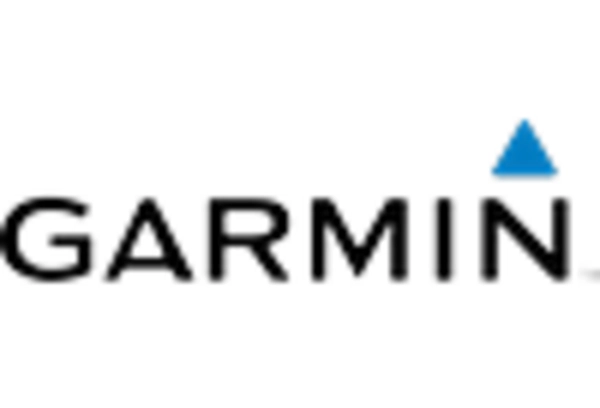
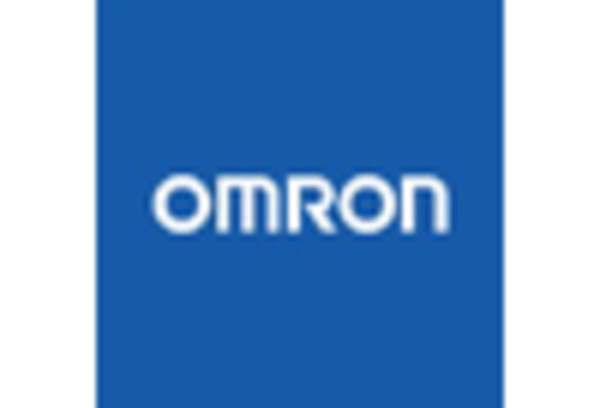
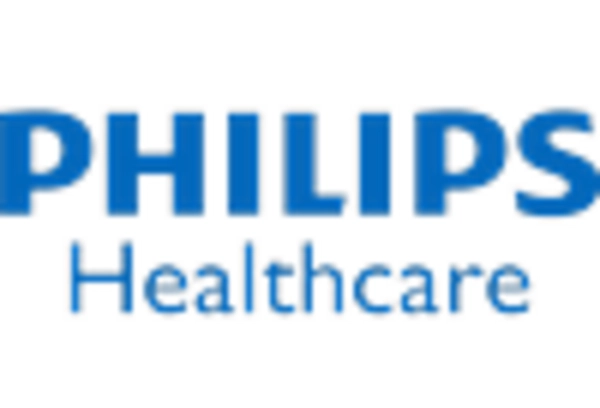









Leave a Comment